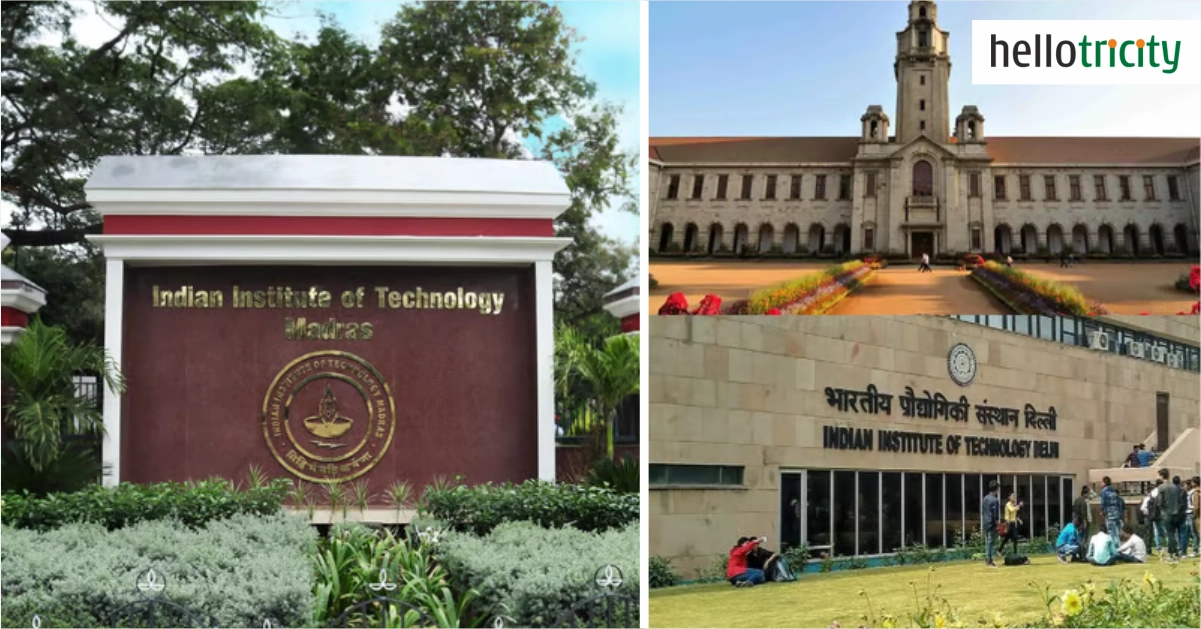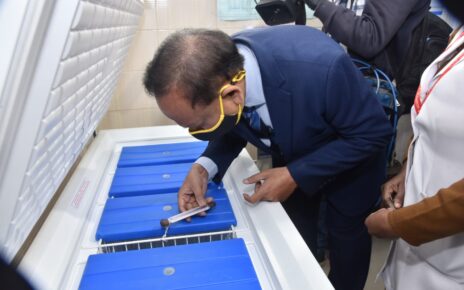The Ministry of Education announced that IIT-Madras remains the best university in both general and engineering categories for the sixth consecutive year, according to information released through the National Institutional Ranking Framework (NIRF) 2024. This new ranking again proves that IIT-Madras has had one of the top rankings in engineering for nine years running now.
Furthermore, for numerous consecutive years, the Indian Institute of Science (IISc), Bengaluru, has been recognised as India’s finest educational institution. IITs too have performed admirably, with IIT-Bombay and IIT-Delhi holding third and fourth positions, respectively, in overall rankings. Meanwhile, both IIT-Kanpur and IIT-Kharagpur were included among the top ten, while All India Institute of Medical Sciences (AIIMS) managed to take seventh place since its inception at the time when these others were built.
In an interesting development, Hindu College, which comes under affiliated with the University of Delhi, has jumped to the very first position in the ‘colleges’ category, leaving behind Miranda House, which had been sitting atop for seven consecutive years. The same trend can be observed in the management category, where the Indian Institute of Management (IIM)-Ahmedabad is holding its position at number one for the fifth time running.
NIRF 2024 added three new categories this year, which are Open Universities, Skill Universities and state-funded public universities. The year also saw an update in assessment standards whereby medical schools’ faculty-student ratio was revised from 1:5 to 1:10 and state government universities from 1:15 to 1:20 respectively.
The head of the National Board of Accreditation, Prof. Anil Sahasrabudhe, stressed for inclusion of Sustainable Development Goals (SDGs) such as Net Zero Carbon in the rankings. He said that he is going to use ‘Sustainability’ for rankings in the future.
Union Education Minister Dharmendra Pradhan emphasised the relevance of rankings in assisting students and parents in evaluating the quality and performance of educational institutions. He stated that the extension of the ranking mechanism will ensure that all 58,000 higher education institutions in India are represented.
The NIRF rankings are based on five basic parameters: teaching and learning, research and professional practice, graduation results, outreach and inclusiveness, and perception, each with 18 sub-parameters from several areas. This year, a record 6,517 institutions applied, marking a significant rise in participation since the NIRF’s inception in 2016.
The increase in applications demonstrates a rising acknowledgement of NIRF rankings among educational institutions, highlighting India’s developing higher education scene.




